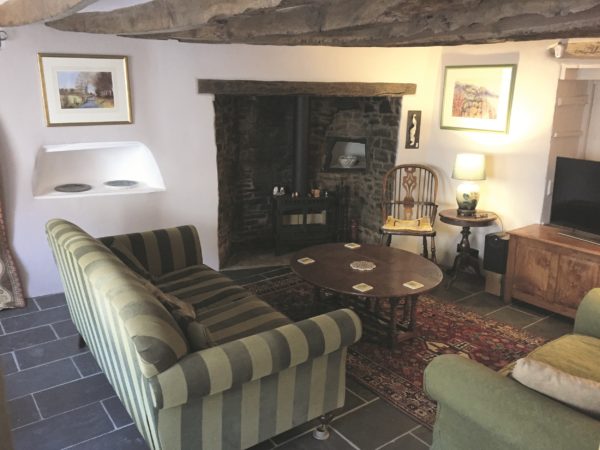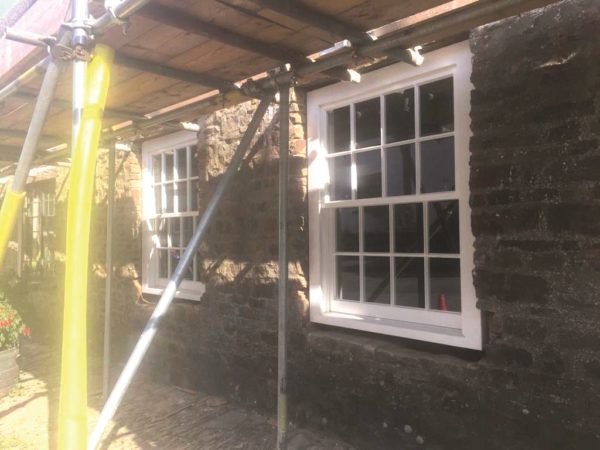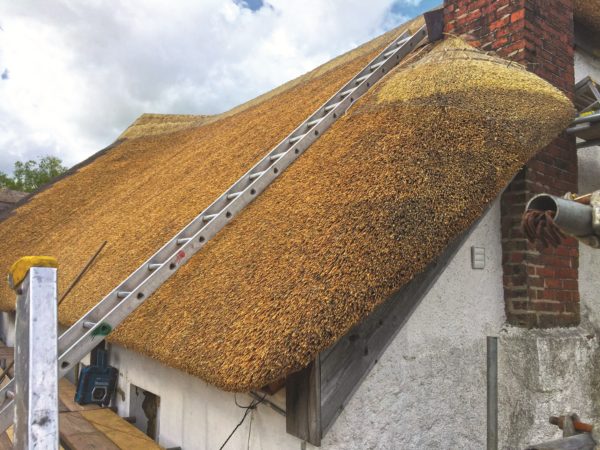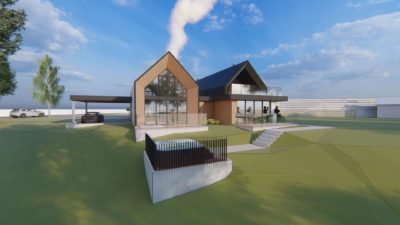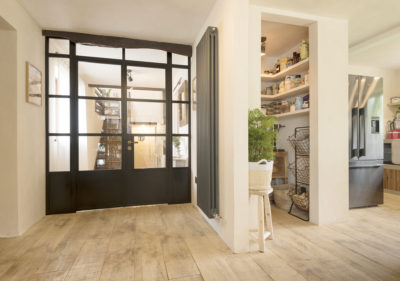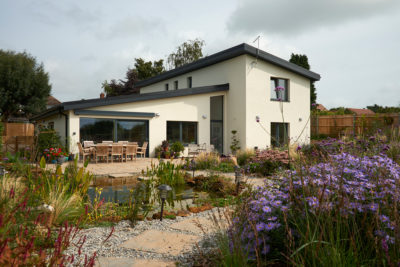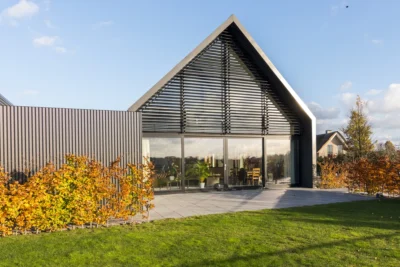One of the joys of self-building is that it gives you the opportunity to create something unique that matches your family’s needs and maximises the potential of the plot you’re building on.
Getting a topographical survey from a recommended firm was therefore crucial. This detailed technical information allowed us to properly understand the site, its various levels and its relationship with the views and surrounding properties.
It was important to ensure that these levels were taken not just on our land but of all surrounding features and properties. Looking forward it will also help us in making clear plans for landscaping the whole garden area.
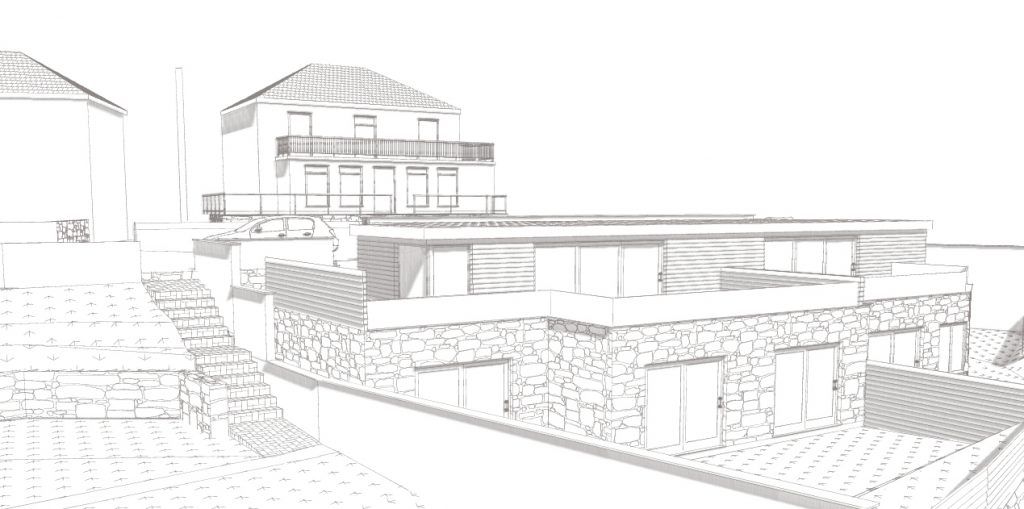
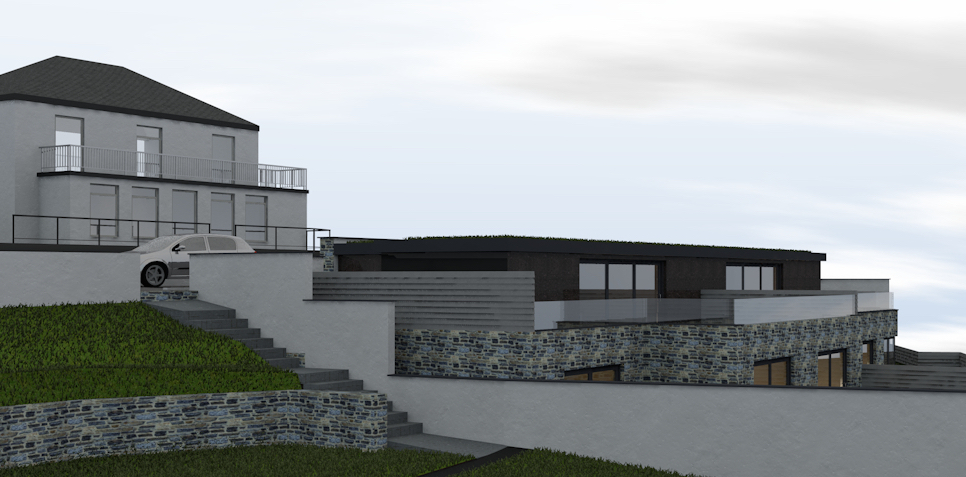
Submitting a pre-application was also a worthwhile exercise as it gave us some direction from the local planning authority over what might be acceptable. This was money well spent in helping to guide our designs
The location is all about the views, out over the Mounts Bay coast and across the iconic Porthleven clocktower, which makes the national papers each year when it is battered by south westerly storms.
The design and build would need to do all these elements justice.
Developing a design brief
Before coming up with any ideas or suggestions, Chris Strike from RA Design was at pains to ensure he had an absolutely clear brief from us and guided us to think about all the relevant elements.
After several discussions onsite this began to distill for us : maximise the views, ensure the design wasn’t dominant in the landscape, make sure it wasn’t so ‘creative’ that we could afford to actually build it and in the exposed location ensure it was a home for all seasons.
We also wanted to incorporate a second development property into the proposals which will be crucial to help us finance the whole thing.
Our self-build plans
Chris’s design was unlike anything that we had imagined for the site and from ideas suggested by other architects that we had spoken with.
He came up with a pair of green roofed, glass fronted semi-subterranean properties which boast both shelter and views. They cleverly work with the sloping site: dug into the earth, hidden and protected to the rear, whilst opening out to the Atlantic ocean at the front.
Furthermore, the clever box-like design means they will be cost effective to build.
It was important to ensure that our design was well understood by everyone. Planning drawings only go so far and we took some time with Chris to make sure our written planning statement explained the philosophy for the buildings clearly.
The application went through with very straightforward planning conditions. After our initial elation, it’s clear that this was only the very first step. Now it’s onto the real challenge of actually building the houses.
To begin with, sorting family possessions and clearing the site in preparation for the build will take some time. We also know that digging down and retaining the properties at the rear will come at a high price; we must get building regs, structural calculations, SAP ratings and decide whether to use a quantity surveyor or not.
It’s also now crucial that we find the right builder, fully understand our costs and financing and plan out the landscaping of the entire garden before we move forward.
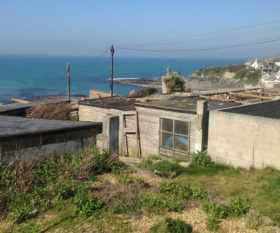
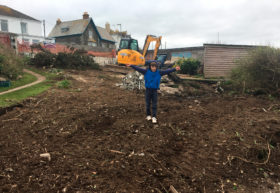






























































































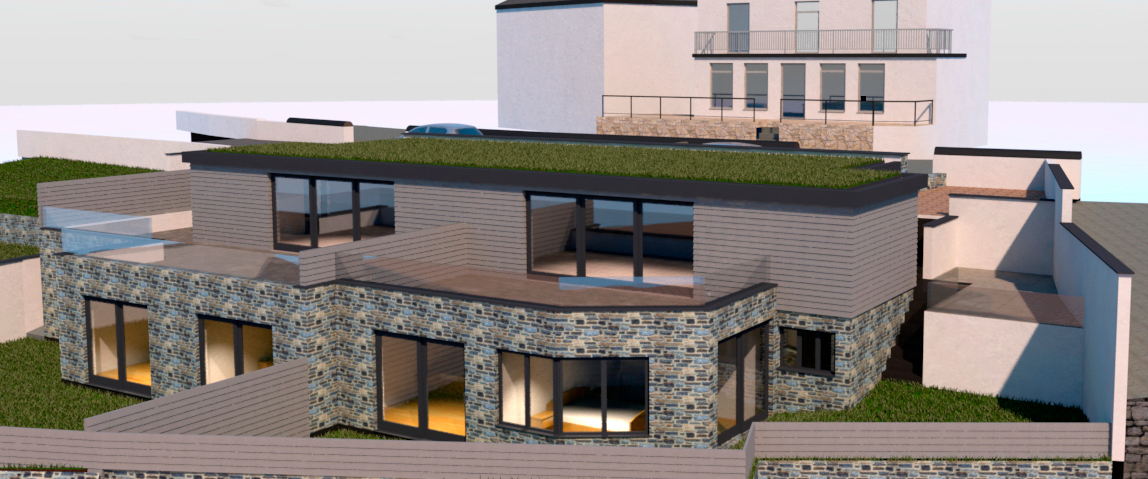
 Login/register to save Article for later
Login/register to save Article for later

